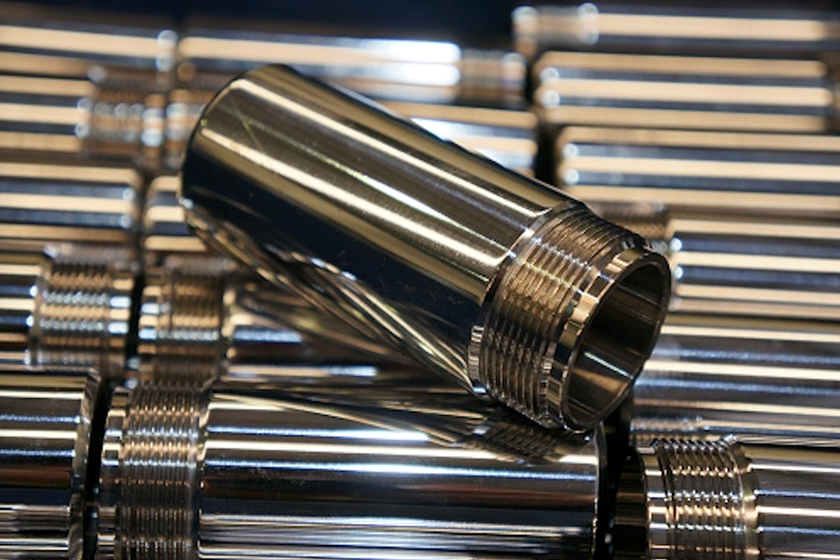Senate Initiates Plans for Bipartisan PFAS Bill, Building on EPA Efforts
Senate Democrats are focusing on a possible bipartisan bill to address PFAS issues.
#nasf #regulation
Senate Democrats on the Environment & Public Works (EPW) Committee have begun efforts to develop bipartisan legislation to address per- and polyfluoroalkyl substance (PFAS) with an aim of building on EPA’s ongoing efforts. Staff has been gathering input from outside stakeholders as they work to craft a bipartisan PFAS bill that may set out less stringent requirements than the House bill that was passed last summer in order to win enough support in the evenly-divided Senate. The effort follows through on Senate Democrats’ commitment to develop a legislative package to address PFAS contamination tiering off of EPA’s PFAS strategic roadmap of planned rulemakings and other actions.
EPW Democratic staff have been holding virtual meetings with outside groups to discuss possible PFAS legislation, but the specifics of a bill are unclear at this point. Industry representatives believe that the bill needs to have a strong bipartisan vote in committee and not attract numerous amendments on the floor. The committee may be eyeing the end of February for producing a discussion draft bill, but it would be very ambitious for the committee to move to mark it up at a planned business meeting in March.
Critics claim that bipartisan PFAS legislation it is not needed now because EPA is finally moving on key measures to fulfill commitments in its PFAS Strategic Roadmap, including development of a PFAS drinking water standard, the proposed hazardous substance designation under CERCLA, and TSCA reporting requirements and test orders. Supporters argue that the legislation is needed to ensure that EPA and other federal agencies follow through in a timely manner on these regulatory commitments.
The Policy Group will continue to work with allies and federal officials and provide updates to NASF members. If you have any questions or would like additional information on this issue, please contact Christian Richter or Jeff Hannapel with NASF at crichter@thepolicygroup.com or jhannapel@thepolicygroup.com.
This update is courtesy of the National Association for Surface Finishing (NASF). For more information or to become a member, visit nasf.org.
RELATED CONTENT
-
Qualitative Approach to Pulse Plating
In 1986, the AESF published Theory and Practice of Pulse Plating, edited by Jean Claude Puippe and Frank Leaman, the world’s first textbook on pulse plating. A compendium of chapters written by experts in this then-emerging field, the book quickly became the authoritative text in pulse plating. What follows here is the opening chapter, serving as an introduction to the field. Although the field has grown immensely in the intervening 35 years, the reader will find that the material remains a valuable introduction to those looking to advance the field of pulse plating.
-
The Adhesion of Electrodeposits to Plastics
The 1966 Carl E. Huessner Gold Medal Award was given to Dr. Edward Saubestre and co-workers for Best Paper appearing in Plating in 1965, and their paper is republished here in a series on the AES/AESF/NASF Best Paper Awards. This paper is a comprehensive treatise on the Jacquet peel test, a primary test method for determining adhesion on plated plastics.
-
Hybrid Sol-Gel Coatings in Surface Engineering
A look at the use of modified sol-gel polymer films and hybrid system coatings, as well as the methodologies for evaluating the mechanical properties of the coatings.















